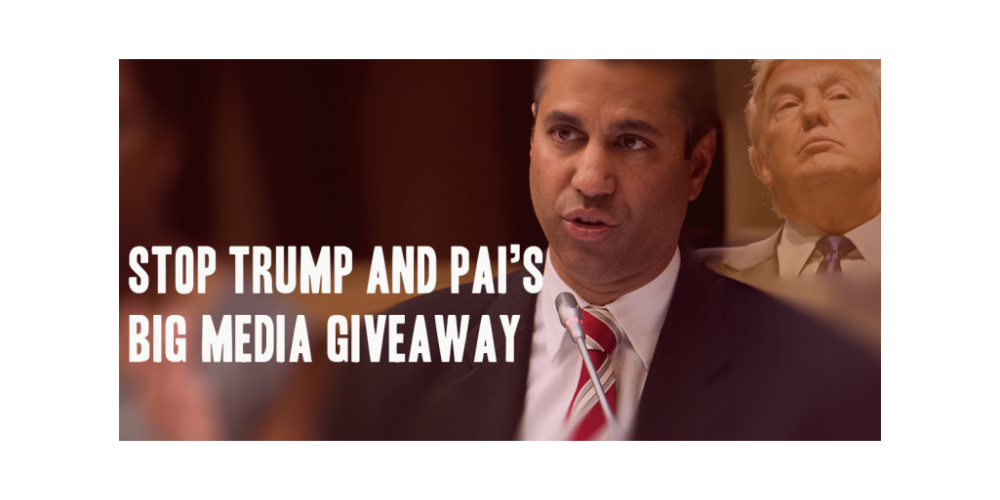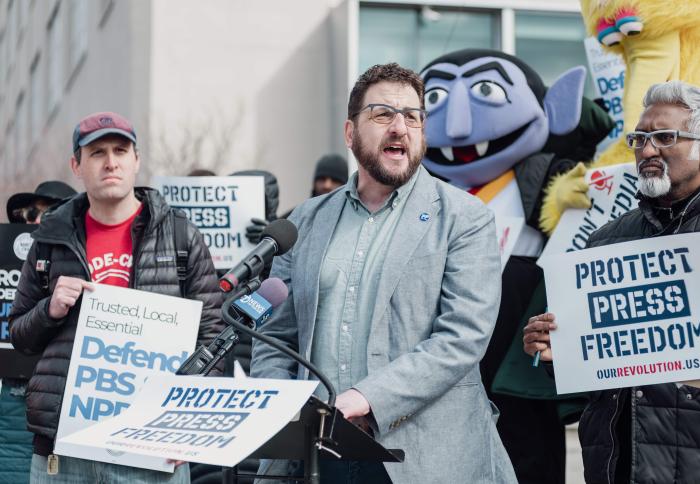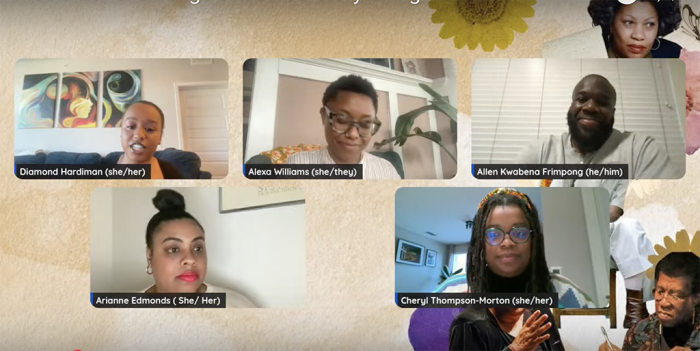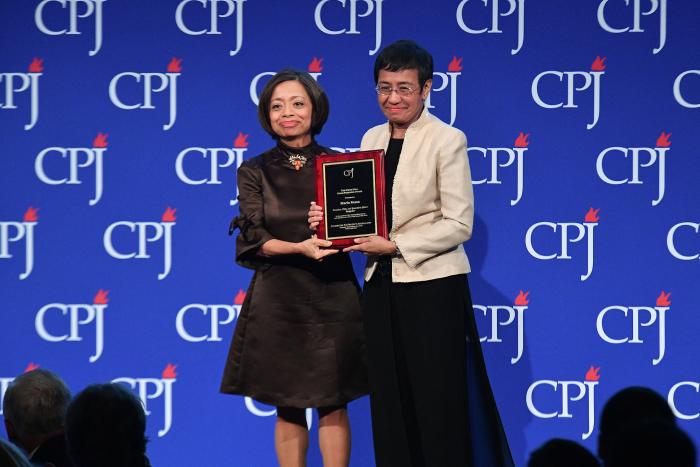Pai's Plan to Gut the Ownership Rules and Build Trump TV

The Senate should have fired FCC Chairman Ajit Pai last month when it had the chance because he’s proving to be crueler and more dishonest than we feared.
Now that his job is secure, Pai is wasting no time in carrying out Donald Trump’s deregulatory, fact-defying and racist agenda.
He’s doing everything he can at the FCC to hinder free expression and innovation by killing Net Neutrality, punishing poor people with attacks on the Lifeline program, and boosting broadcasters like Sinclair that have become propaganda factories for Trump.
Pai is fast-tracking the biggest gift to media companies in 20 years. He wants to eviscerate longstanding limits on how much local media one company can own, clearing the way for a new wave of mega-deals that would put the same cookie-cutter content on every channel and more journalists standing in the unemployment line.
And he wants to ram this through in less than three weeks with no public input or comment.
What’s the rush? Pai’s measures are tailor-made for Sinclair, which can’t complete its takeover of Tribune Media without the FCC gutting the old rules.
If Sinclair gets its way, you’ll soon see Trump TV on almost every channel.
Rewriting the rules
Late Thursday, Pai released his terrible proposal. Here’s what you need to know.
Right now, in most TV markets, one company can’t own multiple TV stations unless there are eight independent voices. Pai would eliminate that restriction, opening the door to one company like Sinclair controlling two, three, four or more stations in a single market.
Another rule on the books stops one company from controlling more than one of the top-four highest-rated stations in a given market, which are usually the affiliates of ABC, CBS, NBC and FOX. While Pai isn’t erasing this rule, he wants to waive it on a “case-by-case” basis.
And we know there’s yet to be a case where his FCC didn’t think more consolidation was a good idea.
Among Pai’s first moves as chairman was to restore the so-called UHF discount, an outdated regulation that lets Sinclair pretend (in front of the FCC, that is) that its national reach is smaller than it actually is. And this week the FCC wiped out the rule that required licensees to actually have studios in or near the communities they’re supposed to serve.
Another case in point is Pai’s decision in the new order to bless the deals known as joint-sales agreements, or JSAs, which allow a company to run the news-and-business operations of a competing station.
These sketchy arrangements are a (you guessed it) Sinclair specialty, designed to evade the existing FCC rules and give powerful companies even more dominance over local markets. Pai claims this covert consolidation — which allows shell companies to simulcast the same newscasts on multiple channels — is in the public interest.
And Pai’s proposal would really do nothing to address the abysmally low levels of media ownership among women and people of color. Despite some lip service to diversity in the order, these new rules would let the biggest companies get even bigger, swallowing up and swapping stations so they can dominate a single city or region.
Finally, Pai’s industry-written wish list includes scrapping the longstanding ban on a company owning a daily newspaper, radio station and TV station in the same market.
This rule was instituted to prevent the creation of “one newsroom” towns, with all of the major outlets under the same roof. This kind of arrangement might cut costs — but it would unquestionably diminish the range of voices needed to inform the public.
While Pai’s presented this change as a Hail Mary for the struggling newspaper industry, we know how this story ends. History shows that every time we open the door to more consolidation, we get fewer journalists on the beat, less locally produced content, and more lobbyists promising the next wave of consolidation will be different.
It never is.
A November to dismember
Pai knows how much you’ll hate his scheme, so he’s trying to rush his plan through while you’re distracted by all the other awful things Trump is doing. Pai has loaded up the FCC’s Nov. 16 meeting with all of these proposals; he calls his agenda “energetic,” but it’s actually a blitzkrieg of awfulness.
That Pai is allowing no public input on these media-ownership changes is truly appalling.
He’s relying on legal loopholes to move straight to a vote and order even though the FCC hasn’t held a proceeding on the issue in years. It’s no surprise that Pai is all talk and zero action when it comes to creating greater transparency at the FCC. But who has time for process when Sinclair is in a hurry?
The FCC may not be asking for public input, but we need to give it to them anyway. It’s time to get angry and loud so that everyone knows what the FCC is doing — because they may not hear about it on the six-o’clock news.
Don’t let the FCC sneak this through. Speak out today.





